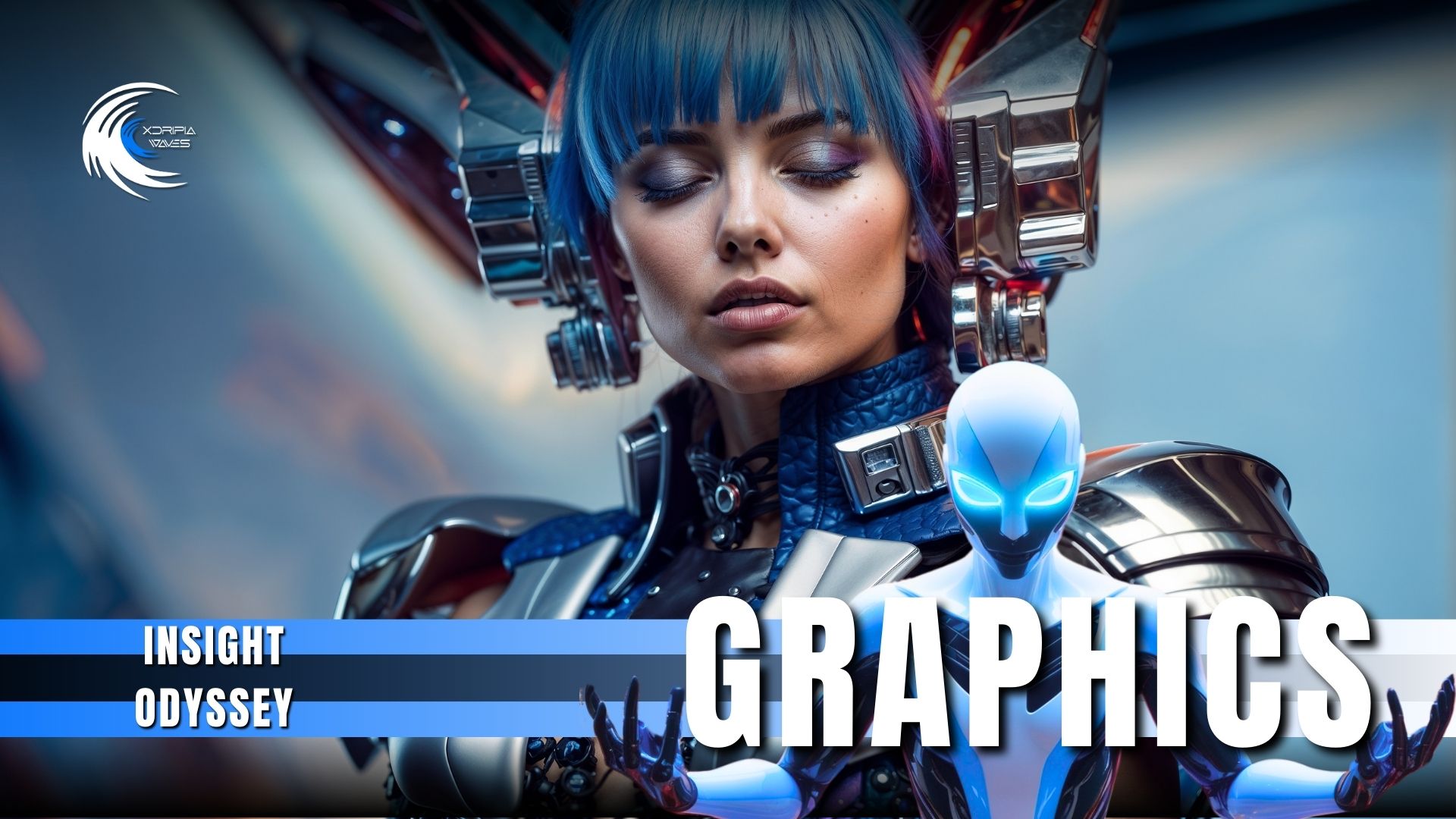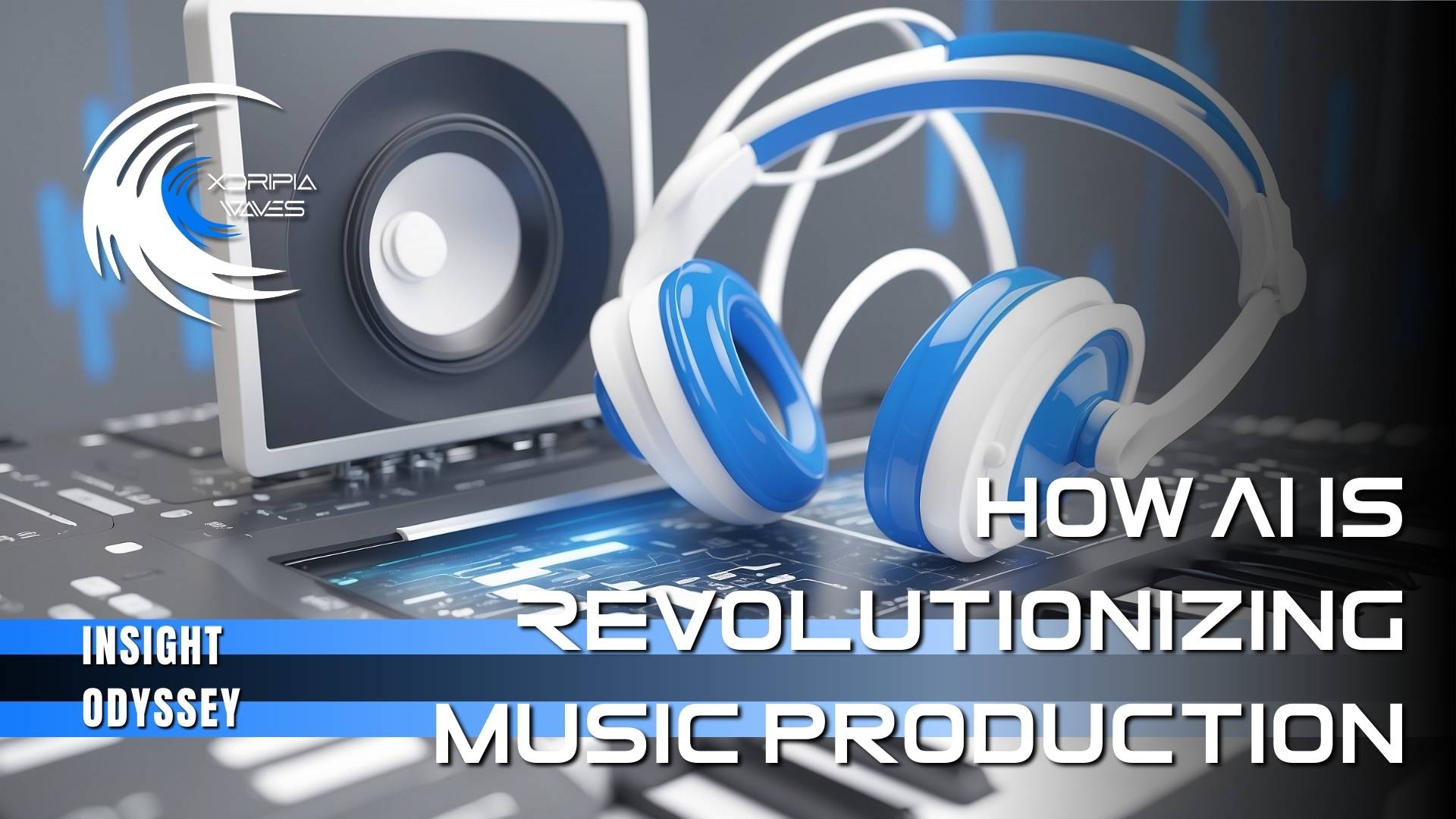Introduction
The realm of digital expression represents a continuously evolving landscape that pushes the boundaries of creativity and technological innovation. As digital tools and platforms advance, they open new possibilities for artistic creation, allowing artists to explore and redefine the limits of visual art. This article examines the evolution of digital expression, highlighting significant technological advancements, influential artists, and the transformative impact of digital tools on the artistic process.
Historical Context
The origins of digital art can be traced back to the mid-20th century, when the advent of computer graphics and digital technologies began to influence the field of visual art. Early pioneers such as Frieder Nake and Harold Cohen utilized algorithms and computer programs to generate art, laying the groundwork for what would become a dynamic and diverse discipline. The increasing accessibility and power of computers have since enabled digital art to evolve from basic pixel-based images to intricate, immersive experiences.
The Evolution of Digital Tools
1. Graphic Design Software
The development of sophisticated graphic design software has been pivotal in the advancement of digital art. Applications like Adobe Photoshop, Illustrator, and CorelDRAW provide artists with powerful tools for creating and manipulating images. These programs offer an extensive range of features, from basic photo editing to advanced vector graphics and 3D modeling, facilitating a wide array of artistic possibilities.
2. Tablets and Styluses
The introduction of digital tablets and styluses has revolutionized how artists interact with digital canvases. Devices such as the Wacom Cintiq and iPad Pro with Apple Pencil offer precise control and a natural drawing experience, bridging the gap between traditional and digital art. These tools enable artists to produce highly detailed and high-quality works with remarkable ease.
3. Augmented Reality (AR) and Virtual Reality (VR)
AR and VR technologies are expanding the dimensions of digital art by allowing artists to create immersive environments and interactive experiences. Platforms like Google’s Tilt Brush enable artists to paint in three-dimensional space, transforming the act of creation into a multisensory experience that engages audiences in novel ways.
Influential Digital Artists
Several artists have made significant contributions to the field of digital expression, each bringing unique perspectives and styles to the discipline:
1. Beeple (Mike Winkelmann)
Beeple is renowned for his daily art practice, creating a new piece of digital art every day. His work spans various styles and subjects, often incorporating surrealistic and science fiction elements. Beeple gained widespread acclaim when he sold a digital artwork as a non-fungible token (NFT) for $69 million, underscoring the growing importance of digital art in the mainstream art world.
2. Refik Anadol
Refik Anadol is an artist and director known for his immersive installations and data-driven artworks that explore the intersection of art, science, and technology. Anadol utilizes machine learning and AI to transform vast datasets into visually stunning and thought-provoking pieces, pushing the boundaries of digital art.
3. Pak
Pak is an anonymous digital artist known for minimalist and abstract creations that explore themes of identity, existence, and the nature of art itself. Pak has been a prominent figure in the NFT space, challenging traditional notions of art creation, distribution, and value.
The Impact of AI on Digital Art
Artificial intelligence (AI) has emerged as a powerful tool for digital artists, enabling new forms of creativity and expression. AI algorithms can analyze large datasets to generate original artworks, provide real-time feedback, and even collaborate with artists in the creative process.
1. Generative Adversarial Networks (GANs)
GANs are a class of AI algorithms capable of generating new images by learning from existing datasets. Artists like Mario Klingemann, known as Quasimondo, use GANs to create surreal and abstract works that challenge traditional concepts of art. GANs can produce highly detailed and complex images, making them valuable tools for digital artists.
2. AI-Assisted Tools
AI-assisted tools such as Adobe Sensei and Runway ML offer new ways for artists to enhance their work. These tools can automate repetitive tasks, suggest creative adjustments, and introduce new techniques for image manipulation. By leveraging AI, artists can focus more on their creative vision and less on technical details.
The Future of Digital Expression
The future of digital expression is promising, with continuous advancements in technology expanding the possibilities for artists. Emerging fields such as neural networks, blockchain, and quantum computing are likely to play significant roles in shaping the next generation of digital art.
1. Blockchain and NFTs
Blockchain technology and NFTs are revolutionizing how digital art is created, sold, and owned. NFTs provide a way to authenticate and trade digital artworks, giving artists new revenue streams and greater control over their creations. The rise of NFTs has sparked debates about the value and sustainability of digital art, prompting further innovation and discussion.
2. Collaborative Platforms
Digital platforms that facilitate collaboration and community engagement are becoming increasingly popular. Tools like Figma and Miro enable artists to work together in real-time, share feedback, and co-create projects. These platforms foster a new era of collaborative creativity, breaking down geographical and cultural barriers.
To summarize
The art of digital expression is a dynamic and ever-evolving field that continuously pushes the boundaries of creativity and technological innovation. As digital tools and platforms advance, artists are discovering new ways to express their ideas and connect with audiences. From sophisticated software and immersive technologies to the transformative impact of AI and blockchain, the future of digital art is filled with exciting possibilities. By embracing these new frontiers, artists can continue to inspire and captivate the world with their digital creations.


